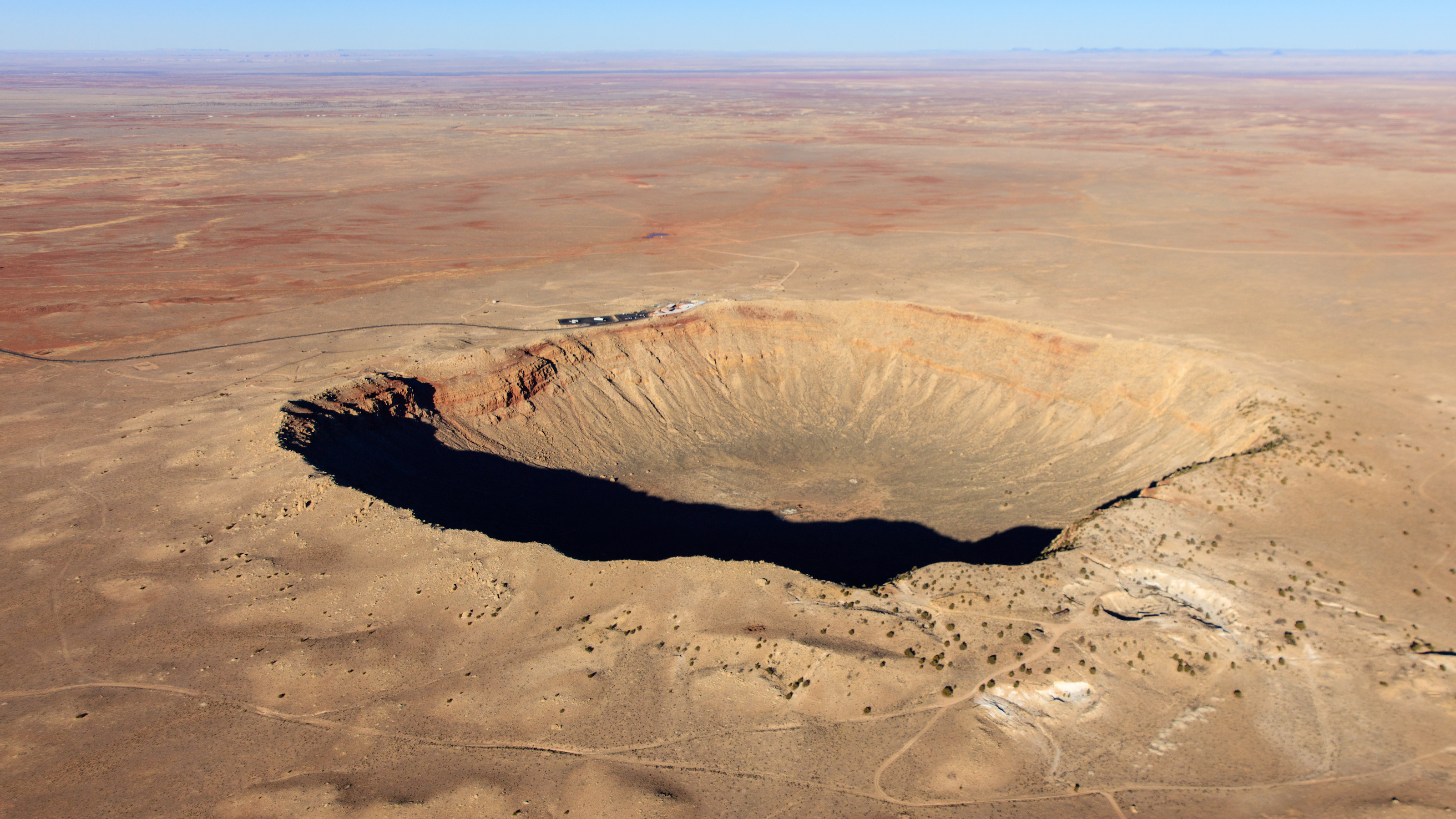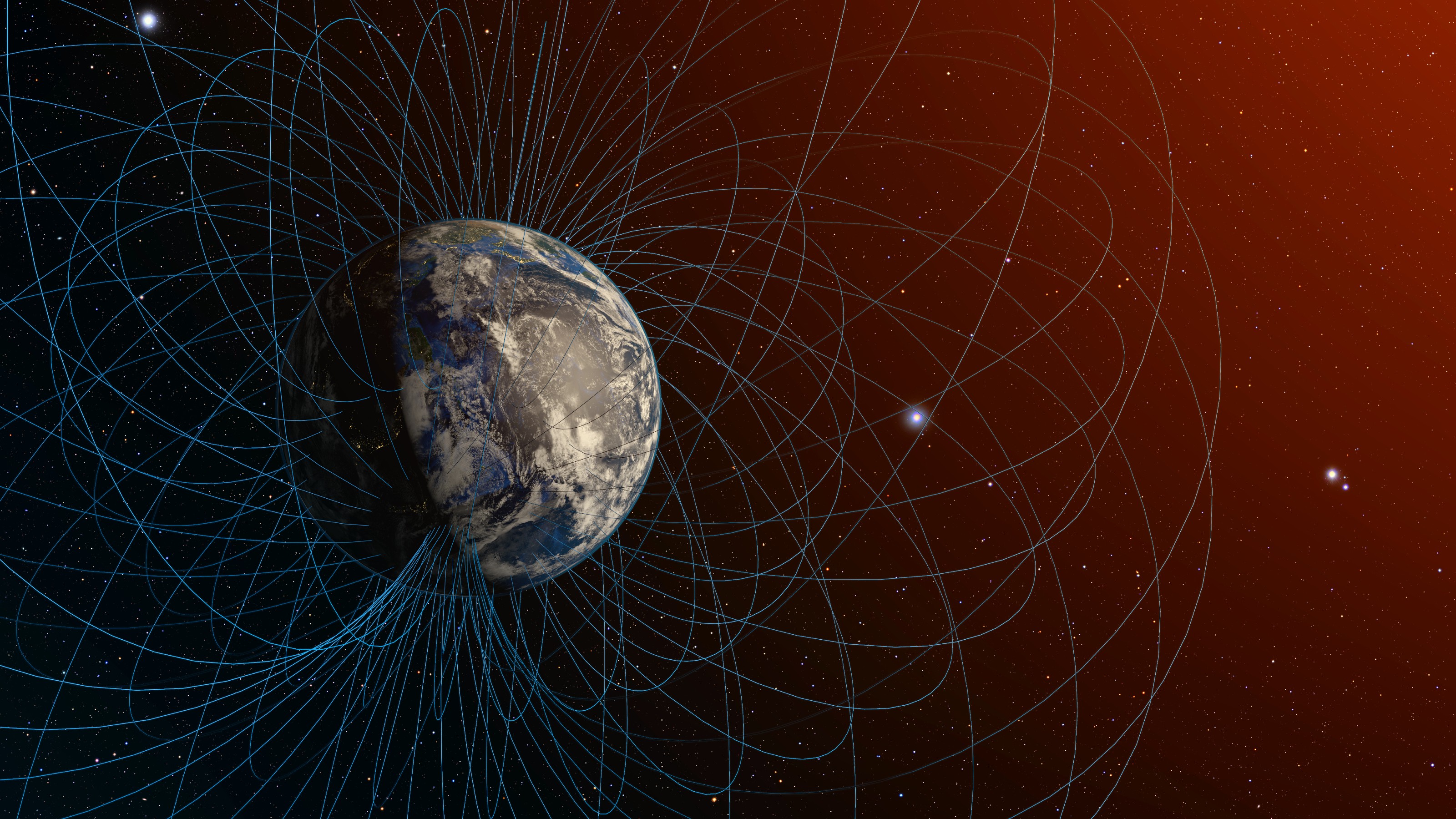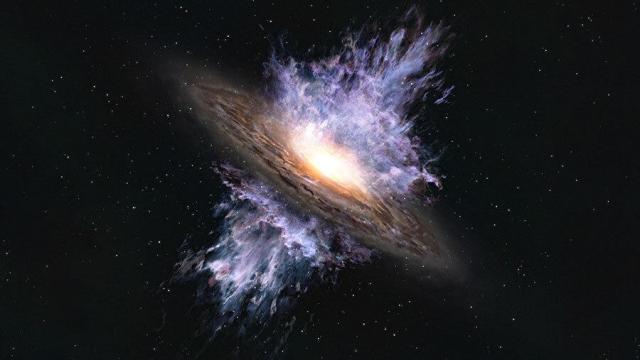Every 27.5 million years, the Earth’s heart beats catastrophically

Credit: desertsolitaire/Adobe Stock
- It appears that Earth has a geologic “pulse,” with clusters of major events occurring every 27.5 million years.
- Working with the most accurate dating methods available, the authors of the study constructed a new history of the last 260 million years.
- Exactly why these cycles occur remains unknown, but there are some interesting theories.
Our hearts beat at a resting rate of 60 to 100 beats per minute. Lots of other things pulse, too. The colors we see and the pitches we hear, for example, are due to the different wave frequencies (“pulses”) of light and sound waves.
Now, a study in the journal Geoscience Frontiers finds that Earth itself has a pulse, with one “beat” every 27.5 million years. That’s the rate at which major geological events have been occurring as far back as geologists can tell.
A planetary calendar has 10 dates in red

According to lead author and geologist Michael Rampino of New York University’s Department of Biology, “Many geologists believe that geological events are random over time. But our study provides statistical evidence for a common cycle, suggesting that these geologic events are correlated and not random.”
The new study is not the first time that there’s been a suggestion of a planetary geologic cycle, but it’s only with recent refinements in radioisotopic dating techniques that there’s evidence supporting the theory. The authors of the study collected the latest, best dating for 89 known geologic events over the last 260 million years:
- 29 sea level fluctuations
- 12 marine extinctions
- 9 land-based extinctions
- 10 periods of low ocean oxygenation
- 13 gigantic flood basalt volcanic eruptions
- 8 changes in the rate of seafloor spread
- 8 times there were global pulsations in interplate magmatism
The dates provided the scientists a new timetable of Earth’s geologic history.
Tick, tick, boom

Putting all the events together, the scientists performed a series of statistical analyses that revealed that events tend to cluster around 10 different dates, with peak activity occurring every 27.5 million years. Between the ten busy periods, the number of events dropped sharply, approaching zero.
Perhaps the most fascinating question that remains unanswered for now is exactly why this is happening. The authors of the study suggest two possibilities:
“The correlations and cyclicity seen in the geologic episodes may be entirely a function of global internal Earth dynamics affecting global tectonics and climate, but similar cycles in the Earth’s orbit in the Solar System and in the Galaxy might be pacing these events. Whatever the origins of these cyclical episodes, their occurrences support the case for a largely periodic, coordinated, and intermittently catastrophic geologic record, which is quite different from the views held by most geologists.”
Assuming the researchers’ calculations are at least roughly correct — the authors note that different statistical formulas may result in further refinement of their conclusions — there’s no need to worry that we’re about to be thumped by another planetary heartbeat. The last occurred some seven million years ago, meaning the next won’t happen for about another 20 million years.





